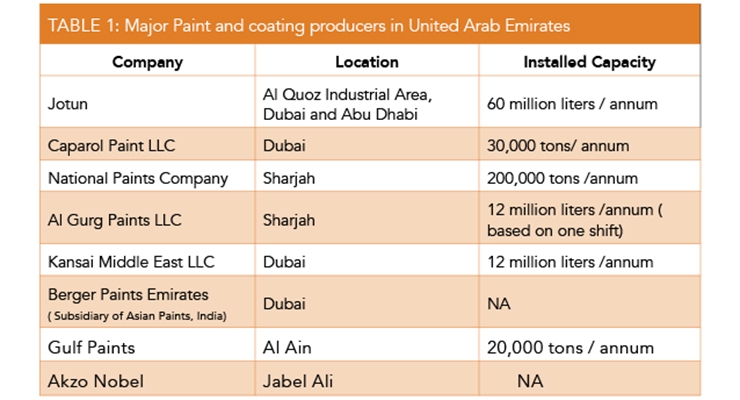How Can Selecting The Best Colors Improve Your Brand'S Appeal In Industrial Outside Painting? Learn About The Essential Factors That Inform Your Selections
How Can Selecting The Best Colors Improve Your Brand'S Appeal In Industrial Outside Painting? Learn About The Essential Factors That Inform Your Selections
Blog Article
Personnel Writer-Kemp Sexton
When it involves commercial external paint, the colors you select can make or damage your brand name's charm. Comprehending just how various shades affect understanding is crucial to drawing in customers and developing trust fund. But it's not nearly personal preference; neighborhood trends and guidelines play a considerable role too. So, how do you find the excellent balance in between your vision and what resonates with the community? Let's explore the important factors that direct your color choices.
Understanding Shade Psychology and Its Effect On Organization
When you choose colors for your organization's outside, comprehending color psychology can significantly affect exactly how prospective customers view your brand.
Shades evoke feelings and established the tone for your service. For example, blue often communicates trust fund and professionalism and reliability, making it perfect for banks. Red can develop a sense of seriousness, perfect for restaurants and clearance sales.
Meanwhile, environment-friendly represents growth and sustainability, attracting eco-conscious customers. Yellow grabs interest and sparks optimism, however too much can bewilder.
Consider your target market and the message you want to send out. By selecting the ideal shades, you not just enhance your aesthetic allure but also straighten your photo with your brand values, eventually driving customer engagement and commitment.
Analyzing Resident Trends and Regulations
Exactly how can you guarantee your exterior painting options reverberate with the area? Beginning by investigating neighborhood trends. Browse through close-by companies and observe their color schemes.
Make note of what's prominent and what feels out of location. This'll aid you straighten your options with area appearances.
Next, inspect local laws. Lots of communities have guidelines on exterior colors, specifically in historic areas. You don't want to hang around and cash on a scheme that isn't compliant.
Involve with neighborhood entrepreneur or area teams to collect understandings. They can supply important feedback on what shades are favored.
Tips for Harmonizing With the Surrounding Atmosphere
To produce a cohesive appearance that mixes flawlessly with your environments, think about the native environment and building styles nearby. Start by observing the shades of neighboring buildings and landscapes. Earthy tones like eco-friendlies, browns, and low-key grays typically function well in natural settings.
If your residential property is near vivid metropolitan areas, you may pick bolder colors that reflect the local power.
Next off, consider https://www.insider.com/interior-designer-tips-for-repainting-home-colorful-wall-murals-2021-3 of your building. Traditional designs might gain from traditional shades, while modern styles can embrace contemporary schemes.
Examine https://laneinswb.blogdiloz.com/34001418/ideal-methods-for-hiring-an-industrial-exterior-painting-contractor with examples on the wall to see how they communicate with the light and environment.
Ultimately, bear in mind any neighborhood standards or area aesthetics to ensure your selection improves, rather than clashes with, the environments.
Conclusion
In conclusion, choosing the appropriate shades for your business outside isn't just about aesthetic appeals; it's a strategic decision that affects your brand name's assumption. By taking advantage of shade psychology, thinking about neighborhood patterns, and making certain consistency with your environments, you'll create an inviting ambience that draws in clients. Do not neglect to check samples prior to dedicating! With first impressions painting , you can raise your business's aesthetic charm and foster long-term customer engagement and loyalty.
